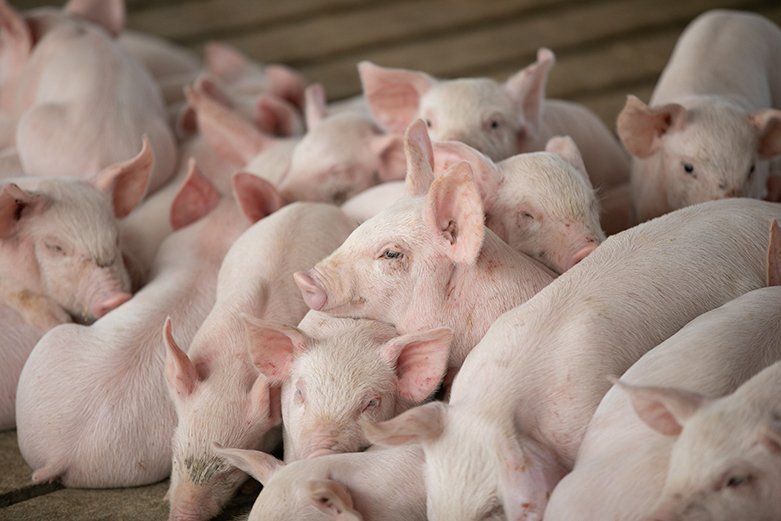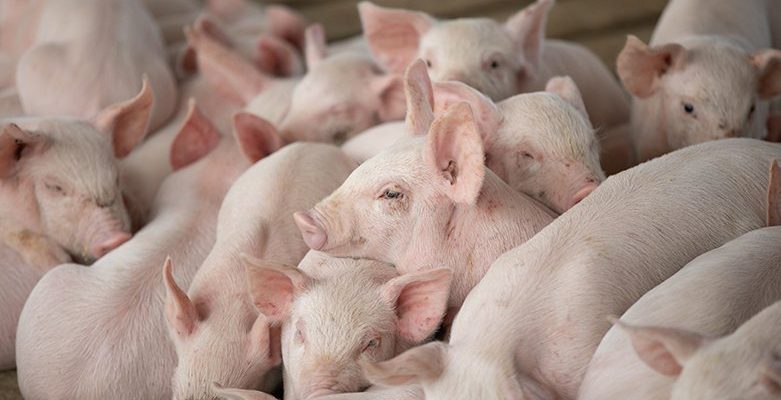
Imagine trying to understand why your friend sometimes laughs at the weirdest jokes or insists on playing the same song over and over again. Pigs have their own unique quirks and habits that tell us a lot about their emotional states and social interactions. When you start to observe their behaviors, like rooting through the dirt or bonding with their fellow pigs, it’ll be like watching a whole new world unfold before your eyes. Let’s dive into the fascinating world of pig behavior and explore what grunting, rooting, and bonding really mean.
The Language of Grunts: What They’re Saying
Pigs are surprisingly vocal creatures. Their grunts and squeals aren’t just random sounds; they serve as a form of communication. Think of it like your friend sending you a text. Each message has a different tone and intent. Similarly, pigs have various grunts that can express anything from excitement to annoyance.
For instance, when a pig is happy or excited, they may give off a series of short grunts that seem almost rhythmic. It’s like they’re saying, “I’m having a great time!” On the other hand, if a pig is feeling threatened or uncomfortable, those grunts can get lower and more drawn out, almost like a warning bell. Observing these sounds closely can help you understand how they’re feeling.
Here’s the thing: if you’re around pigs often, you’ll start to pick up on their unique “language.” Just like any good friendship, it takes time to truly understand them. So, when you hear those playful grunts or deep, throaty sounds, remember that each has a meaning and is an essential part of their social structure.
Rooting: The Pig’s Natural Behavior
One of the most charming aspects of pigs is their rooting behavior. They use their snouts to dig into the ground, searching for food. Imagine a toddler digging in the sand at the beach, sifting through to find hidden treasures. Pigs do something similar as they forage for roots, insects, and other yummy snacks in the soil.
Rooting isn’t just about finding food; it’s a natural instinct that helps them explore their environment. When pigs root around, they engage their senses, which is crucial for their mental stimulation. It keeps them entertained and healthy, just like how a good book or puzzle keeps you engaged.
But it’s not just a solo activity. Rooting can also be a bonding experience. Pigs often root together, strengthening social ties in their groups. If you ever watch pigs in a pen, you might see them happily digging alongside each other, sharing their little discoveries and even engaging in playful nudging. This is a big part of their social nature and reinforces their connections with one another.
Bonding: The Social Side of Pigs
Pigs are incredibly social animals. They thrive in groups and develop strong bonds with their companions. It’s like a close-knit friendship circle at school; they look out for each other and share everything from food to comfort.
When pigs bond, they often engage in activities like grooming each other or resting close together. It’s their version of a cozy movie night with friends. These interactions aren’t just for fun; they also help reduce stress and promote a sense of well-being.
Have you ever noticed how happy animals seem in pairs or groups? It’s the same for pigs. They feel safe and secure when they’re with their pals. This social structure plays a critical role in their overall happiness, so it’s essential to consider this if you’re thinking about raising pigs or even just observing them.
Why Understanding Pig Behavior Matters
You might be wondering, “Why should I care about pig behavior?” Well, understanding how pigs communicate and interact can significantly improve their quality of life. When you know what different sounds mean or recognize their social dynamics, you can better care for them.
For farmers or pet owners, having this knowledge can help prevent stress-related issues. Pigs that feel secure and understood are less likely to engage in destructive behaviors. Plus, knowing their behaviors can make your interactions with them more meaningful and enjoyable.
Overall, understanding pig behavior isn’t just about curiosity; it’s a way to foster better relationships and ensure they thrive in their environments.
Common Misconceptions About Pigs
There’s a ton of myths floating around about pigs, and it’s time to set the record straight. One common misconception is that pigs are dirty animals. Sure, they like to roll in mud, but that’s not because they’re filthy. They do it to keep cool and protect their skin from sunburns and parasites.
Another myth is that pigs are unintelligent. In reality, they’re quite smart! Pigs can learn tricks, solve puzzles, and even navigate mazes. They have excellent long-term memories and can recognize human faces. So, the next time you hear someone say pigs aren’t bright, you can set them straight!
Understanding these misconceptions is vital. It helps promote better treatment and understanding of pigs, whether in farming, as pets, or in the wild.
Creating a Comfortable Environment for Pigs
If you’re considering raising pigs or want to make sure your pets are happy, creating a comfortable environment is essential. Think about what makes your own space cozy and inviting—pigs have similar needs!
Start with plenty of space for rooting and exploring. Pigs love to dig, so adding a designated area where they can root safely can keep them entertained. Providing access to clean water and nutritious food is also crucial. You wouldn’t want to eat the same thing every day, right? Pigs enjoy variety in their diets, just like us.
Additionally, consider social interactions. Keeping pigs in groups can drastically improve their well-being. If they feel safe and connected, you’re likely to see a happier, healthier pig.
Pigs may seem simple, but their behaviors—like grunting, rooting, and bonding—are rich with meaning and significance. Understanding these aspects of pig behavior can deepen your appreciation for them. They’re not just farm animals; they’re social beings with complex emotional worlds.
Whether you’re watching them at a farm, considering raising them, or simply enjoying their antics online, remembering their unique communication styles and social needs can make the experience even more rewarding. So, the next time you hear a pig grunt or see one rooting around, take a moment to appreciate all that’s happening beneath the surface. After all, there’s a wonderful world of pig behavior just waiting to be understood!

